The Fascinating World of Chickens: An In-Depth Exploration
The Fascinating World of Chickens: An In-Depth Exploration
Introduction
Chickens, scientifically known as Gallus gallus domesticus, are among the most ubiquitous and economically significant domesticated birds worldwide. Renowned for their versatility, adaptability, and diverse cultural significance, chickens play multifaceted roles in agriculture, cuisine, ecology, and human society. In this comprehensive article, we delve into the intricate world of chickens, examining their biology, behavior, domestication history, cultural importance, economic impact, and contemporary issues shaping their welfare and utilization.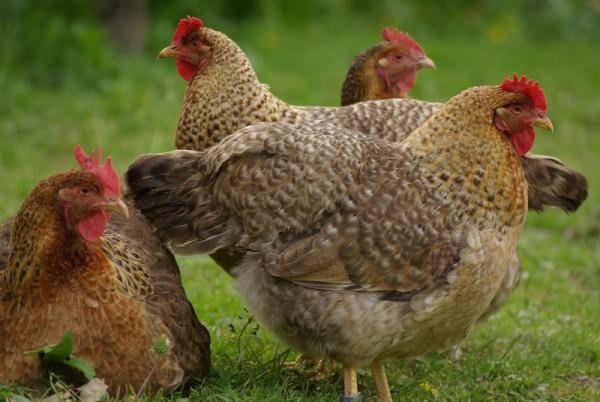
Evolution and Biology
Chickens are members of the Phasianidae family and are believed to have descended from the wild red junglefowl (Gallus gallus), native to Southeast Asia. Domestication of chickens likely occurred over 8,000 years ago, leading to the development of various breeds optimized for egg production, meat quality, or ornamental purposes.
Anatomy and Physiology
Chickens are small, ground-dwelling birds characterized by compact bodies, beaks adapted for pecking, and distinctive plumage patterns in different breeds. They possess excellent color vision, enabling them to perceive a wide range of hues in their environment. Chickens are omnivorous, consuming grains, seeds, insects, and occasionally small vertebrates.
Internally, chickens have efficient digestive systems featuring a gizzard for grinding food and a complex network of air sacs facilitating efficient respiration. Their reproductive anatomy allows for regular egg-laying, with hens typically producing a clutch of eggs over several days.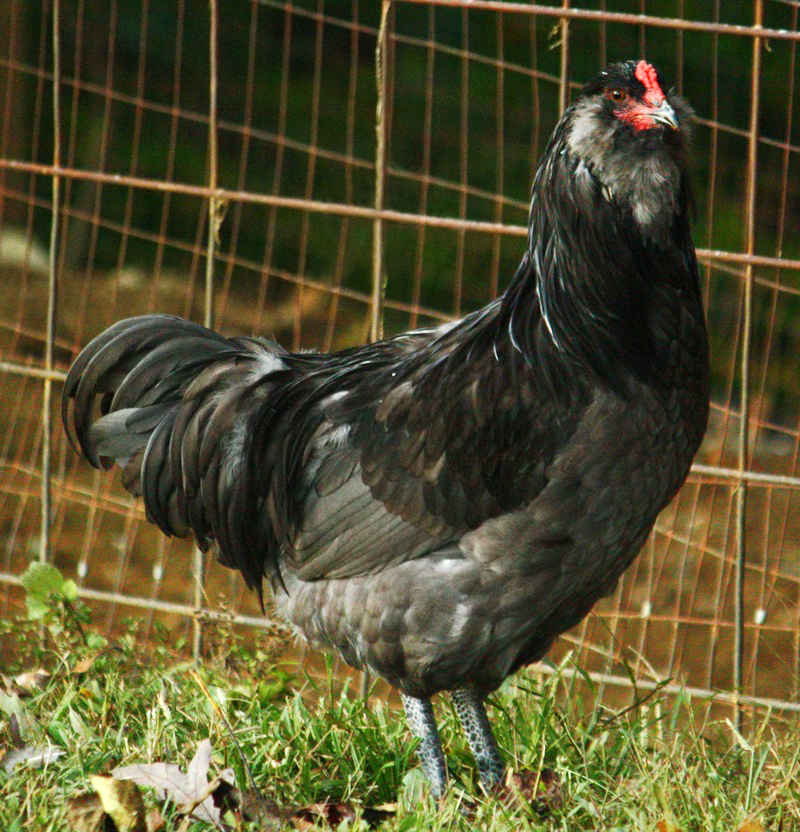
Behavior and Social Structure
Chickens are highly social animals with complex behavioral repertoires and hierarchical social structures within flocks. In natural settings, they form small groups led by dominant individuals, exhibiting diverse social behaviors such as foraging, roosting, and vocal communication.
Within domestic environments, chicken behavior is influenced by factors such as housing conditions, flock size, and social dynamics. Establishing and maintaining pecking orders is crucial for minimizing aggression and maintaining stability within poultry groups. Additionally, chickens display innate behaviors such as dust bathing and sunning to maintain hygiene and regulate body temperature.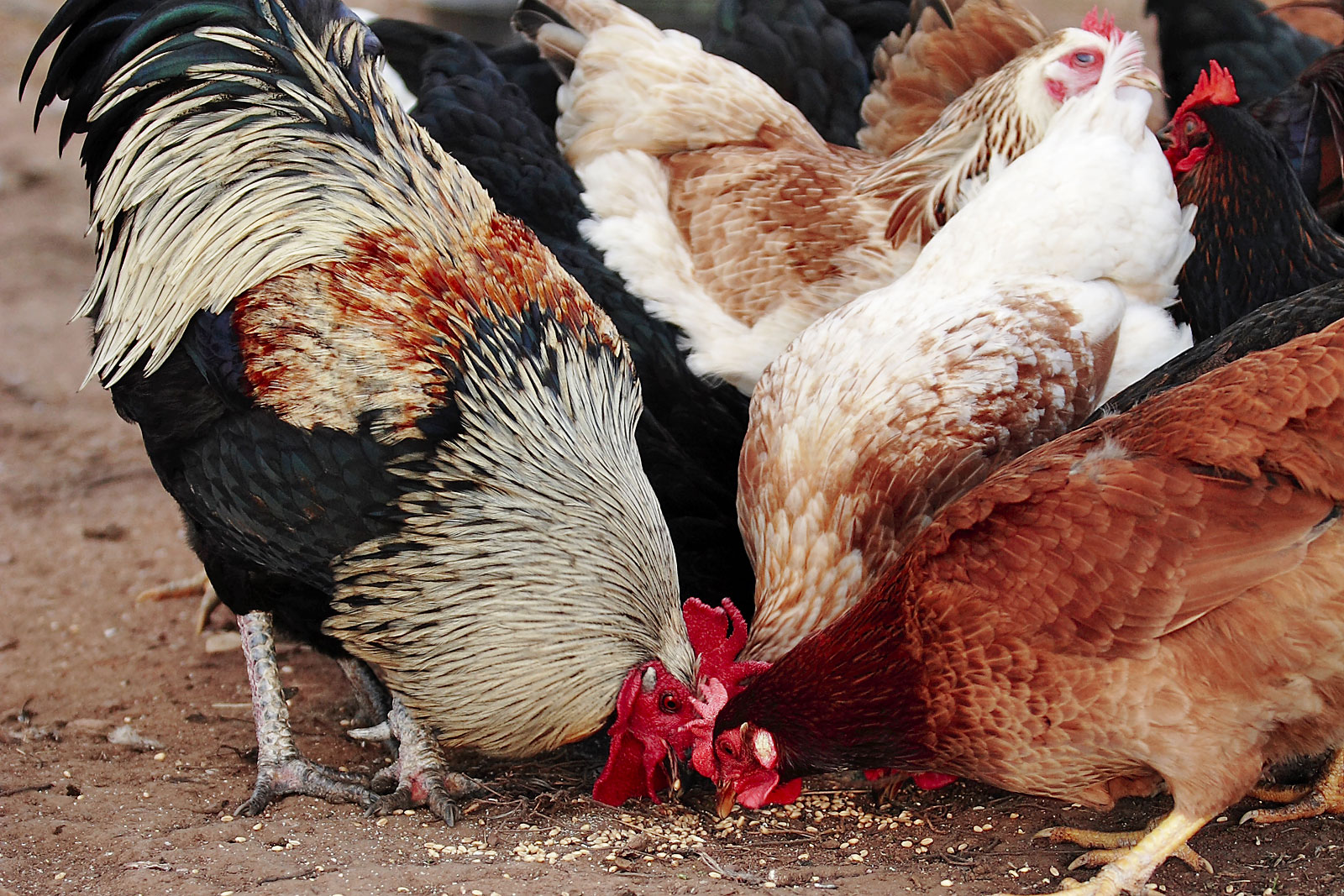
Domestication History
The domestication of chickens revolutionized human agriculture and food production, contributing to the development of settled societies and diversified diets. Early humans recognized the benefits of keeping chickens for their eggs, meat, feathers, and pest control abilities. Selective breeding efforts over millennia have resulted in a wide array of chicken breeds tailored to specific purposes, ranging from high-yield egg layers to ornamental show breeds.
Cultural Significance
Chickens hold profound cultural significance in many societies around the world, featuring prominently in folklore, religious rituals, and culinary traditions. Symbolizing fertility, prosperity, and renewal in various cultures, chickens are associated with numerous superstitions and beliefs. Additionally, chicken-based dishes are staples in cuisines spanning continents, reflecting the global culinary importance of poultry.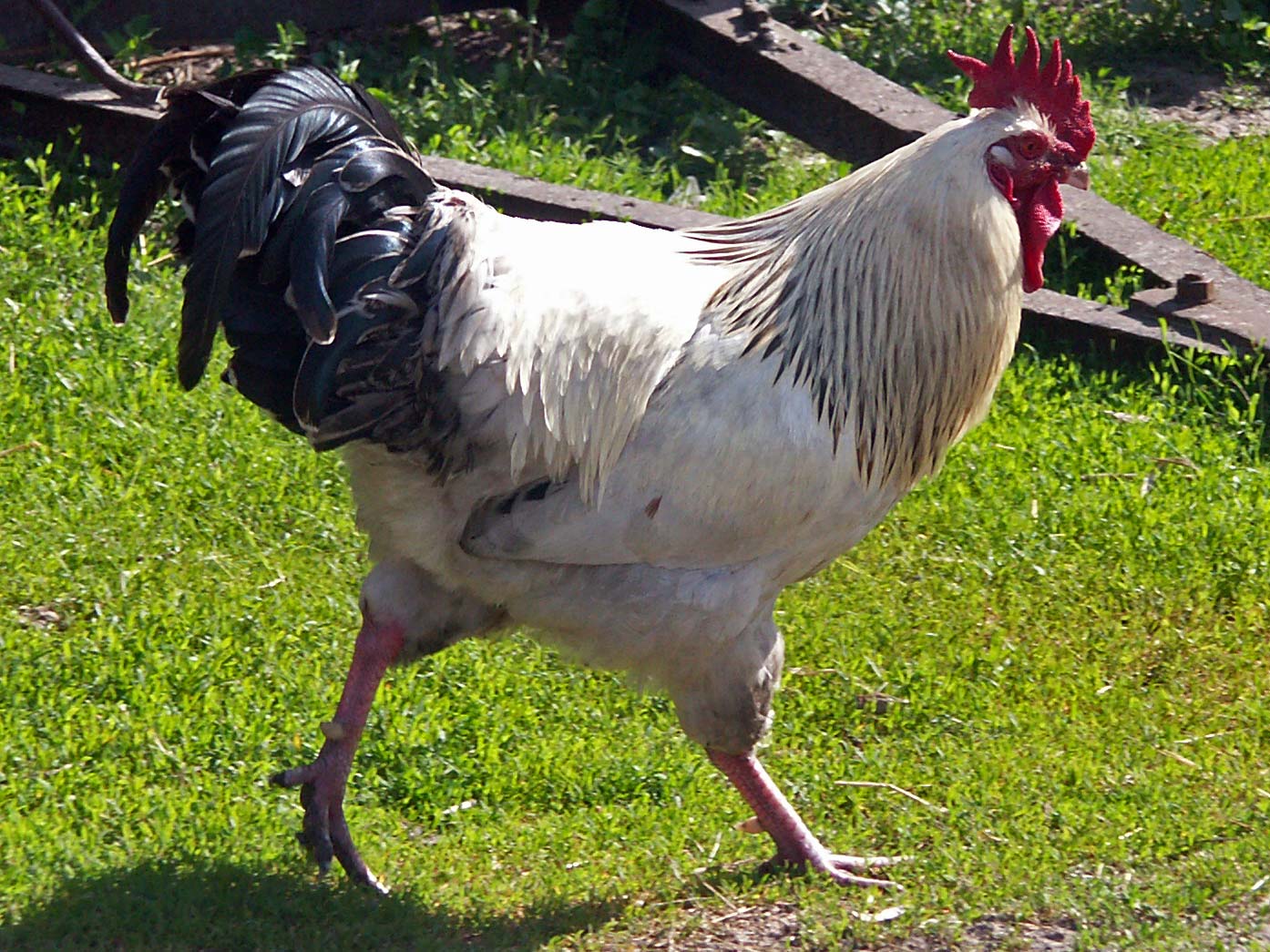
Economic Importance
Poultry farming, particularly chicken production, is a cornerstone of the global agricultural industry, providing a vital source of protein and income for millions of people worldwide. Chicken meat and eggs are affordable, nutrient-rich dietary staples consumed in diverse forms across cultures. Furthermore, poultry production contributes to rural livelihoods, employment opportunities, and economic development in both developed and developing countries.
Contemporary Issues
Despite their economic significance, chickens face various welfare challenges in modern farming systems. Intensive production practices, including overcrowded housing, selective breeding for rapid growth, and routine use of antibiotics, raise concerns about animal welfare, health, and environmental sustainability. Additionally, disease outbreaks such as avian influenza pose significant threats to poultry populations, necessitating stringent biosecurity measures and surveillance efforts.
Conclusion
In conclusion, chickens are remarkable creatures with a rich history of interaction with humans. From their ancient origins to their multifaceted roles in contemporary society, chickens continue to play integral roles in agriculture, culture, and cuisine worldwide. As we navigate the complex challenges of the modern world, it is essential to prioritize ethical stewardship and sustainable practices in poultry farming to ensure the welfare of chickens and the integrity of global food systems for future generations.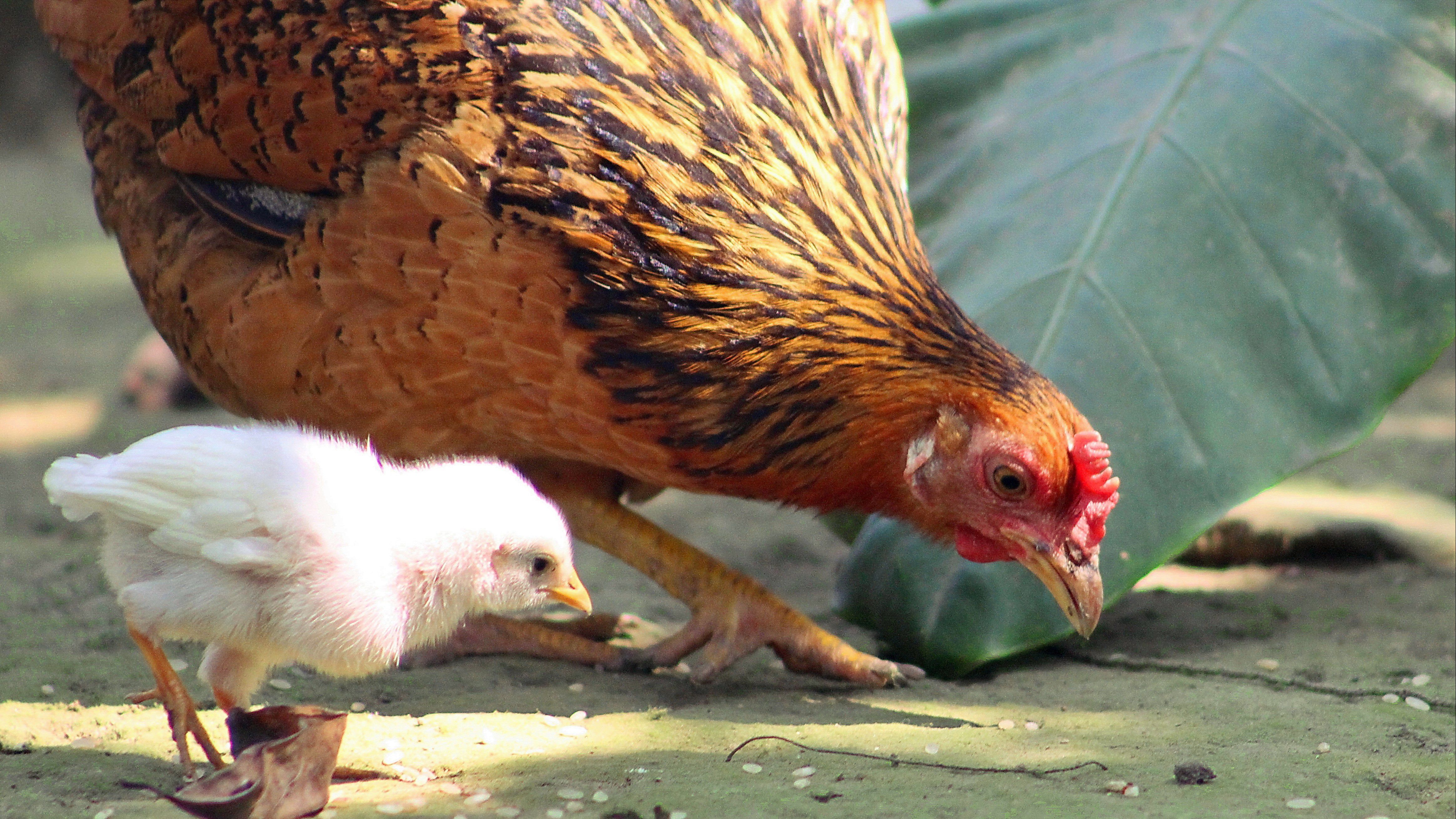
Kaynakça
- ^ Weston A. Price Foundation 10 Kasım 2013 tarihinde Wayback Machine sitesinde arşivlendi., Chickens Are Omnivores
- ^ "Arşivlenmiş kopya". 4 Eylül 2019 tarihinde kaynağından arşivlendi. Erişim tarihi: 4 Eylül 2019.












































